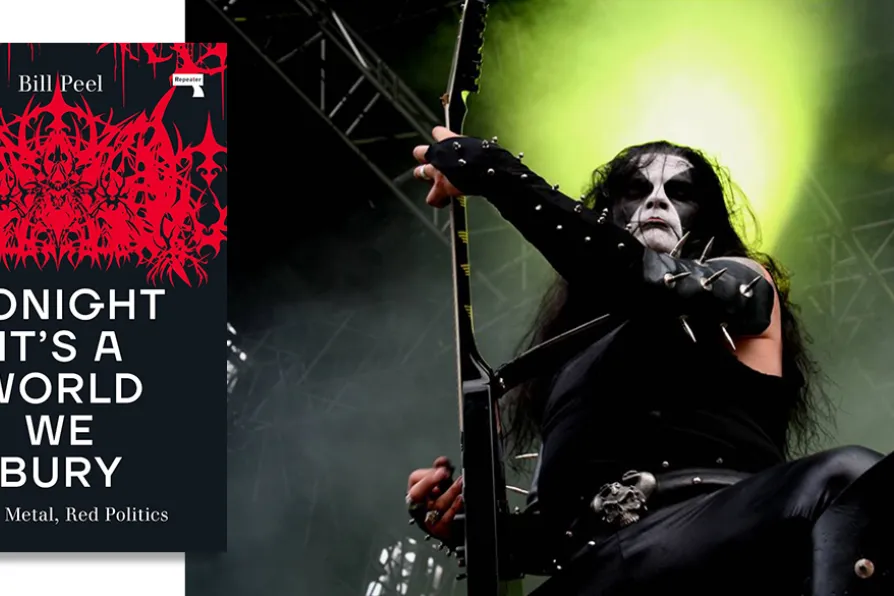JOE GILL speaks to the Palestinian students in Gaza whose testimony is collected in a remarkable anthology

 Immortal play Norway Rock Festival, 2010
[Rockman/CC]
Immortal play Norway Rock Festival, 2010
[Rockman/CC]
Tonight It’s a World We Bury: Black Metal, Red Politics.
Bill Peel, Repeater Books, £10.99
A YOUTUBE rock and metal music reviewer once observed that there were two types of heavy metal. The first was often found on radio and accompanying car commercials: bands like Judas Priest and Black Sabbath. The second is “screamy scream upside-down-cross pentagram face-paint naked chick blood-spatter” metal, otherwise known as black metal.
Emerging from the late 1980s, black metal was over-the-top, offensive, and in extreme opposition to the societies in which it first flourished. Typified by superfast blast-beat drumming, heavily distorted guitar and screamed vocals, the lyrics often dealt with satanism, nihilism, violence, and the stage craft included a lot of black leather, chains, “corpse paint”, spikes, skulls, bones and pigs heads. It’s the music of horror movies by artists who seemed to take it very seriously, and if you got into it your parents would seriously consider taking you to both a priest and the police.

WILL STONE fact-checks the colourful life of Ozzy Osbourne

RON JACOBS welcomes a survey of US punk in the era of Reagan, and sees the necessity for some of the same today

How underground bands formed a vital part of the struggle against white supremacy











